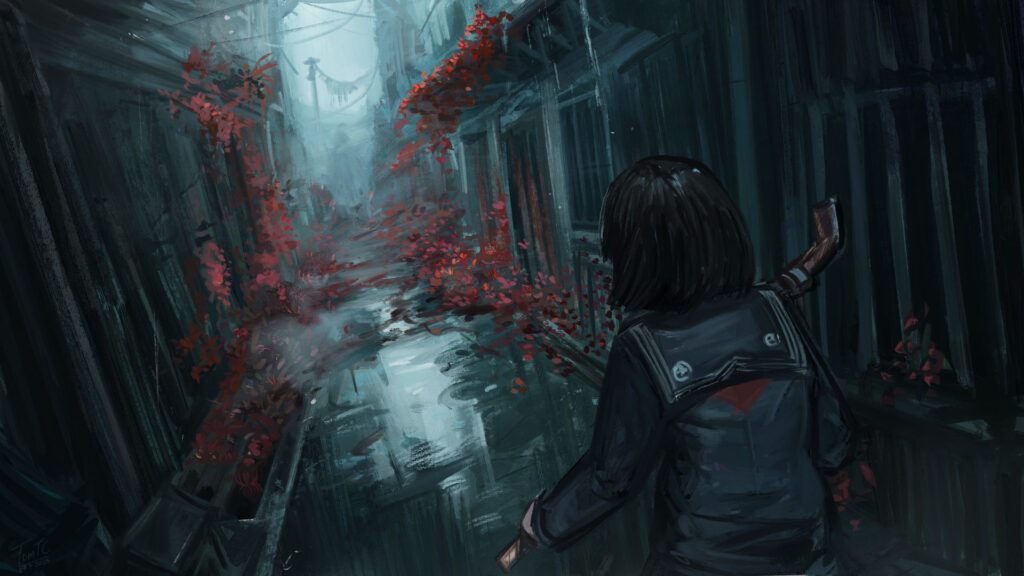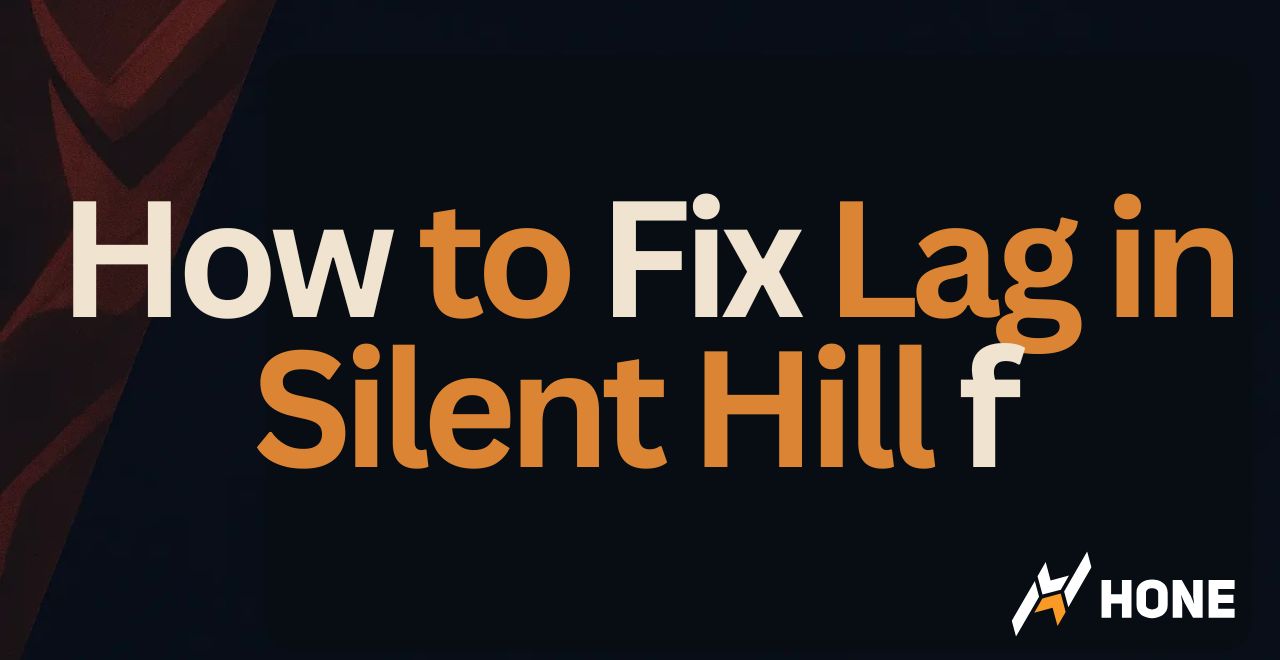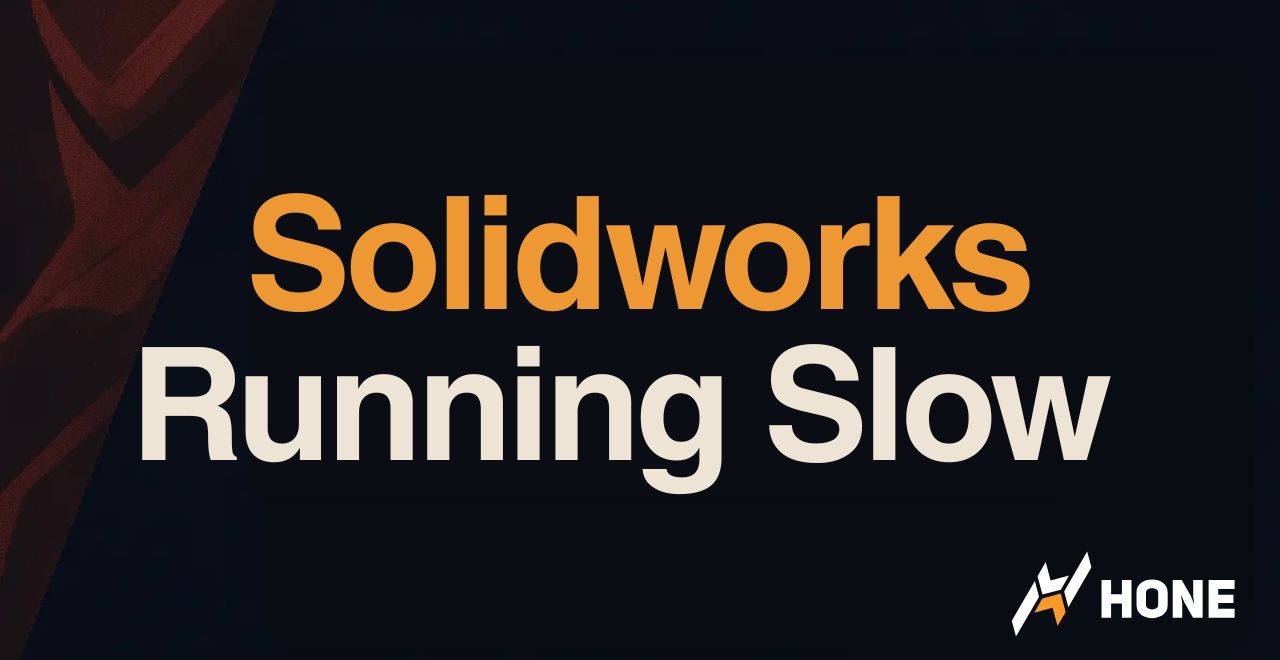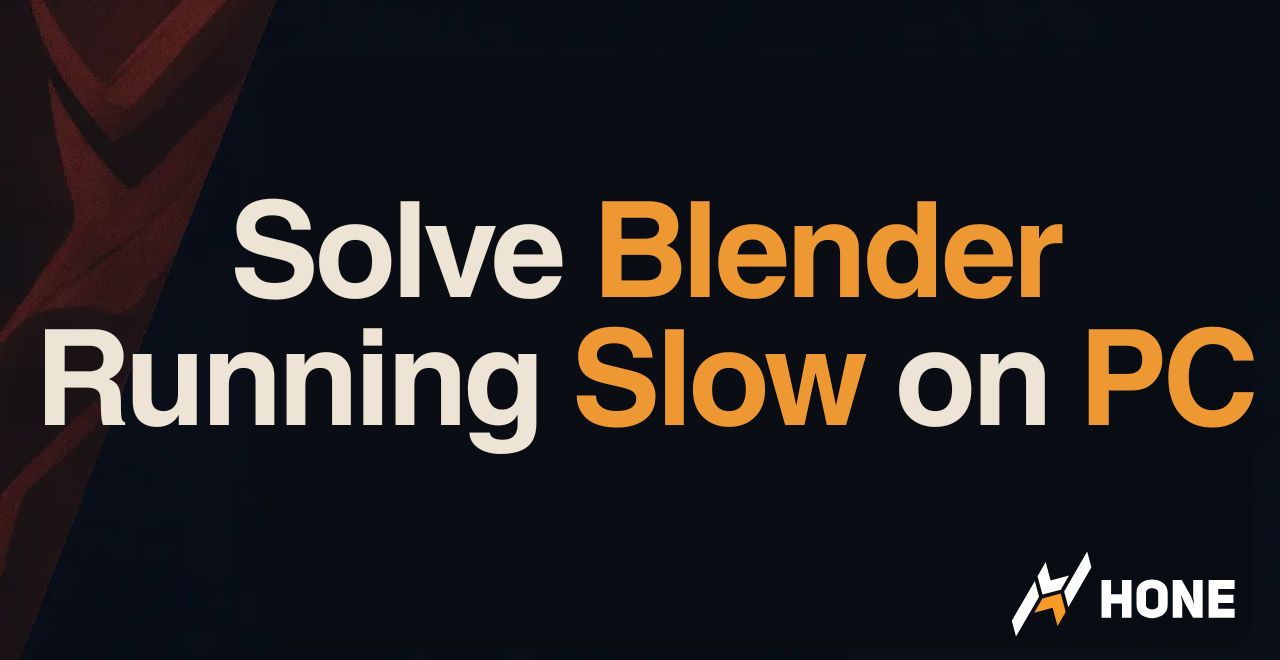Silent Hill f’s haunting 1960s Japan setting shouldn’t be haunted by stuttering framerates. If you’re experiencing lag spikes, sudden FPS drops, or that dreaded shader compilation stutter that plagues Unreal Engine 5 games, you’re not alone. These issues can destroy the carefully crafted horror atmosphere faster than any monster.
This guide reveals exactly how to eliminate these stutters, optimize your settings, and achieve smooth 60+ FPS gameplay, even on mid-range hardware.
Silent Hill f Performance Diagnostic Center
Silent Hill f’s Performance Issues
Silent Hill f uses Unreal Engine 5, which brings stunning visuals but also specific performance challenges. The most disruptive issues aren’t low average FPS, but sudden stutters that break immersion. Two main culprits destroy smooth gameplay: shader compilation stutter (when the game generates visual effects on-the-fly) and traversal stutter (when loading new areas).

These stutters happen even on high-end PCs because they’re engine-level issues, not hardware limitations. Understanding this is crucial: you might see “90 FPS” on your counter, but if the game freezes for 300ms every time you encounter a new effect, it’ll feel worse than a stable 60 FPS.
Frame Time: The Real Performance Metric
Why 90 FPS can feel worse than 60 FPS
Smooth gameplay
But with spikes…
Game freezes!
Step 1: System Requirements Reality Check
The official requirements don’t tell the full story. Here’s what you actually need for smooth gameplay without stuttering:
Real System Requirements for Stutter-Free Gaming
| Component | Official Minimum | Reality for 60 FPS | Why It Matters |
|---|---|---|---|
| Storage | 50GB HDD | SSD Required | HDD = guaranteed traversal stutters |
| RAM | 16GB | 16GB (3200MHz+) | Faster RAM helps with asset streaming |
| GPU | GTX 1070 Ti | RTX 2070/RX 6600 | For Lumen at playable framerates |
| VRAM | 8GB | 8GB minimum | UE5 is VRAM hungry |
| CPU | i5-8400 | i5-10600K/R5 3600 | Shader compilation needs strong single-core |
Step 2: Pre-Game System Optimization
Before touching any in-game settings, your system needs proper configuration. These steps eliminate external factors that masquerade as game problems:
- Download latest Game Ready drivers from NVIDIA/AMD
- For persistent issues: Use DDU in Safe Mode for clean install
- Intel Arc users: Update Arc Control software
Impact: Fixes 30% of stutter issues, especially shader compilation
- Settings > System > Power & battery > Best performance
- Enable Game Mode: Settings > Gaming > Game Mode
- Enable Hardware GPU Scheduling: Display > Graphics settings
- Disable fullscreen optimizations for the game exe
Impact: Prevents CPU throttling and resource conflicts
- Steam: Settings > In-game > Uncheck overlay
- Discord: User Settings > Game Overlay > Off
- GeForce Experience: Settings > General > In-Game Overlay Off
- AMD: Settings > General > In-Game Overlay Off
Impact: Each overlay costs 2-5 FPS and causes micro-stutters
Step 3: Optimal In-Game Settings for Silent Hill f
These settings are ranked by performance impact. Start with the biggest FPS killers and work your way down until you achieve smooth gameplay:
Graphics Settings Performance Impact
Step 4: Advanced Engine Tweaks (.ini Modifications)
For persistent stuttering, these engine-level modifications target the root causes. Navigate to the game’s config folder and edit the Engine.ini file:
Result: Eliminates texture pop-in and streaming hitches
Result: +30-40 FPS but significant visual downgrade
Step 5: Diagnosing Your Specific Performance Issue
Use these tools to identify exactly what’s causing your lag:
Monitor these metrics in-game:
- GPU Usage at 97-100%: GPU bottleneck – lower resolution/graphics
- CPU Core at 100%: CPU bottleneck – lower view distance/shadows
- VRAM at max: Texture streaming issues – lower texture quality
- Frame time spikes: Shader compilation – use .ini tweaks
- First time in area: Shader compilation – improves on replay
- Turning corners: Asset streaming – need SSD
- During combat: Effect compilation – lower VFX quality
- Random freezes: Background apps or overlays interfering
Steam Deck Optimization

Silent Hill f on Steam Deck requires aggressive optimization. Use these specific settings for playable performance:
Steam Deck Optimized Settings
| Setting | Value | Reason |
|---|---|---|
| Resolution | 1280×800 | Native resolution |
| FSR | Balanced | Essential for 40 FPS |
| Shadow Quality | Low | Major performance gain |
| Indirect Lighting | Lumen High | Preserve atmosphere |
| Reflections | Screen Space | Lumen too heavy |
| Target FPS | 40 FPS cap | Matches 40Hz display mode |
The Bottom Line
Silent Hill f’s performance issues stem from Unreal Engine 5’s shader compilation and asset streaming systems, not your hardware. The key to smooth gameplay is eliminating stutters, not just chasing high FPS numbers.
For persistent stuttering, the .ini tweaks targeting texture streaming and shader compilation will make the biggest difference. With these optimizations, even mid-range systems can achieve a stable 60 FPS experience that lets you focus on the horror, not the frame drops.
Frequently Asked Questions
Why does Silent Hill f stutter even on high-end PCs?
The stutters are caused by Unreal Engine 5’s shader compilation system, which generates visual effects on-the-fly during gameplay. This creates CPU-bound hitches regardless of GPU power. The stuttering improves on subsequent playthroughs as shaders get cached.
Do I really need an SSD for Silent Hill f?
Yes, an SSD is mandatory to prevent traversal stutter. The game constantly streams new assets as you explore, and HDDs can’t keep up, causing severe freezing when entering new areas. This isn’t fixable through settings.
Which upscaling technology should I use?
NVIDIA RTX owners should use DLSS Quality mode for best image quality and performance. Everyone else should use FSR Quality mode. Both provide 20-30% performance gains with minimal visual impact. Avoid Performance modes unless desperate.
Why can’t I disable Motion Blur?
There’s a critical bug where disabling Motion Blur causes the game to render only in the top-left quarter of your screen with corrupted visuals. Keep Motion Blur enabled until developers patch this issue.
What’s the most important setting to change?
Indirect Lighting (Lumen) has the biggest performance impact. Changing from Epic to High provides 15+ FPS with minimal visual difference. Shadow Quality is second, offering another 15 FPS when reduced to Medium.
Will patches improve performance?
Yes, developers typically release performance patches addressing shader compilation and the motion blur bug. Always update your game and graphics drivers. Major improvements often come in the first month after release.
How do I know if I’m CPU or GPU bottlenecked?
Use MSI Afterburner’s overlay. If GPU usage is 97-100%, you’re GPU bottlenecked – lower graphics settings. If GPU usage is below 90% while a CPU core hits 100%, you’re CPU bottlenecked – lower view distance and shadow quality.
Can I play Silent Hill f with 8GB RAM?
While technically possible, 8GB RAM will cause severe stuttering and texture streaming issues. The game needs 16GB minimum for smooth performance. Close all background applications if you only have 8GB.






 Discord
Discord
 Instagram
Instagram
 Youtube
Youtube
 TikTok
TikTok